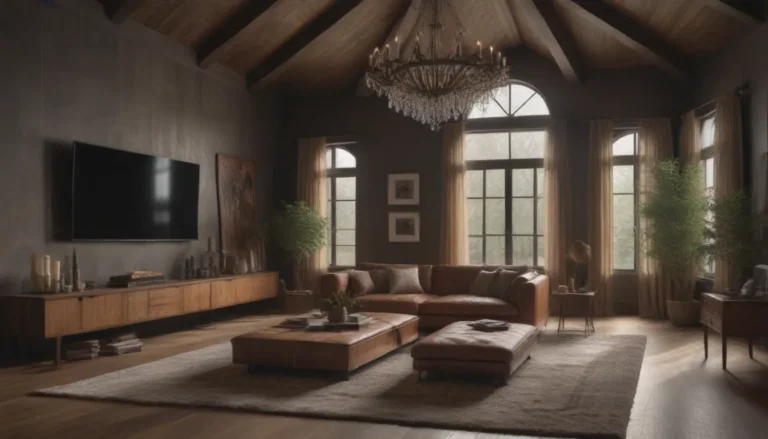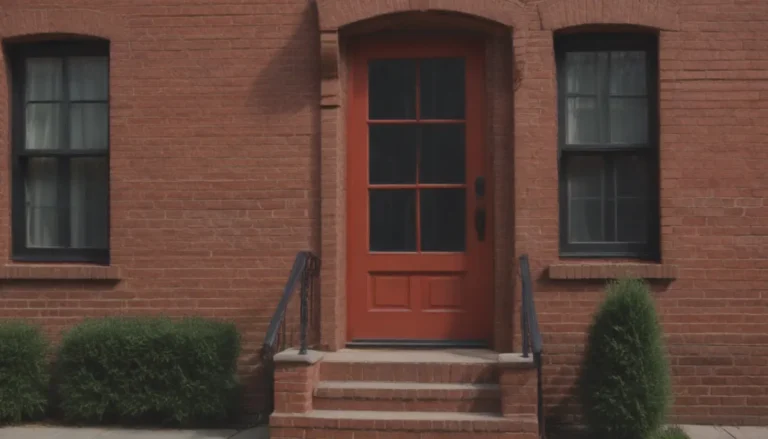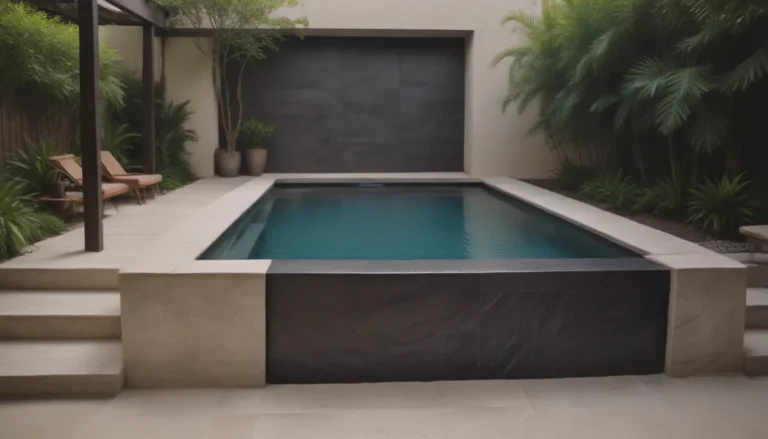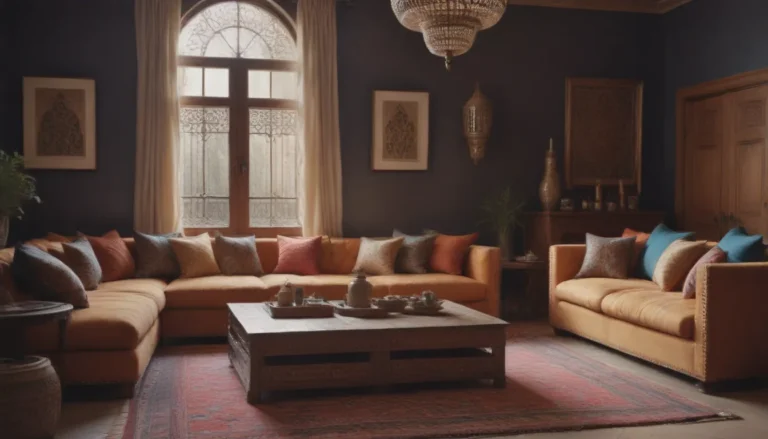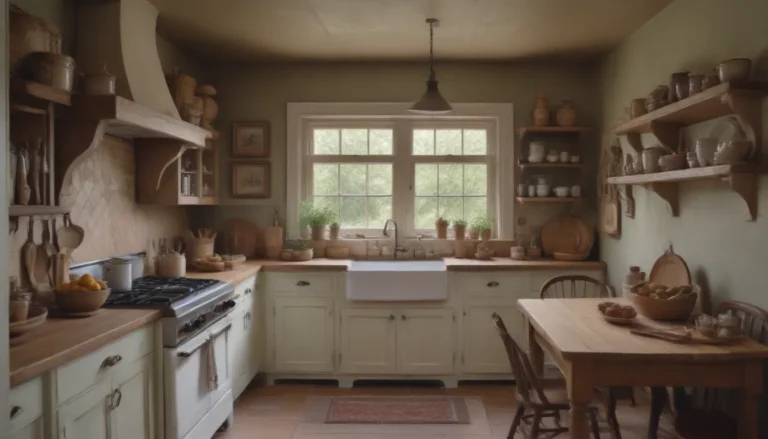The Difference Between Family Rooms and Living Rooms: An In-Depth Comparison
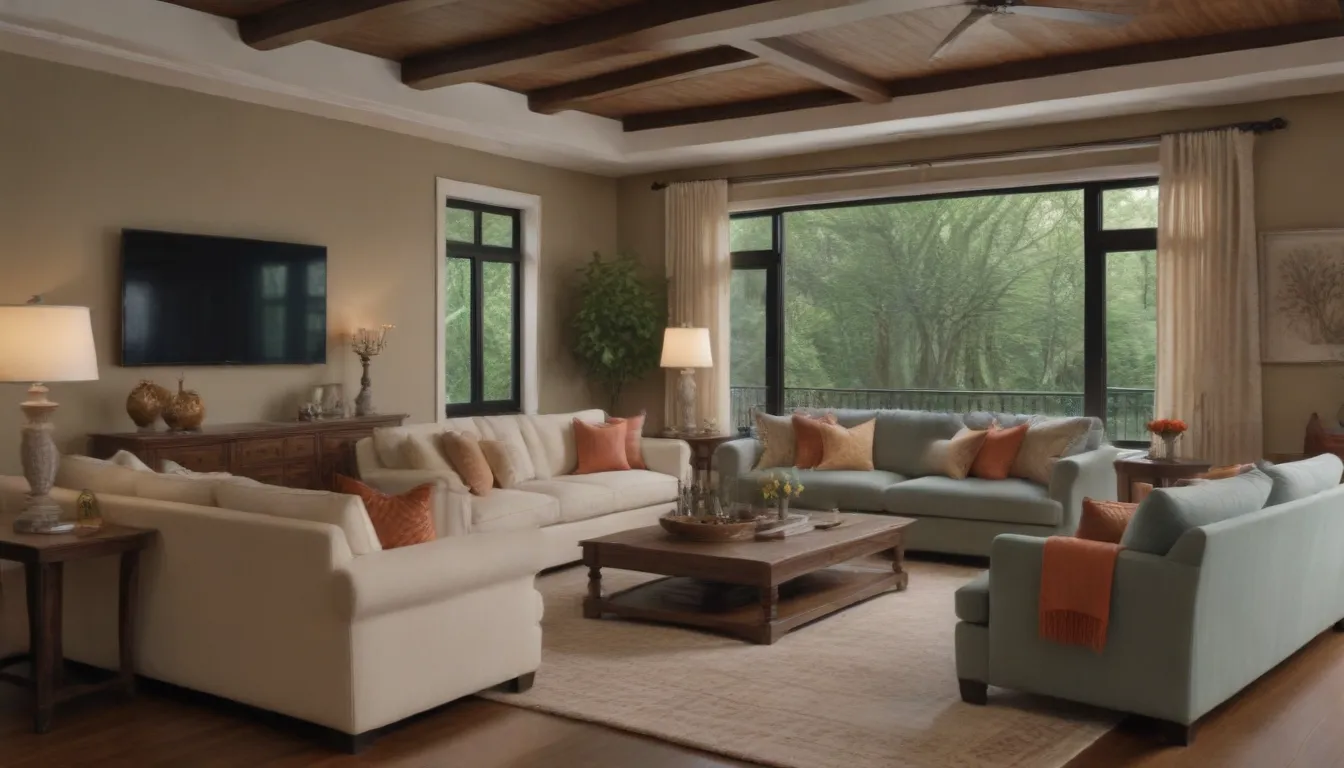
When it comes to the heart of your home, the space where you gather with loved ones, the terms “family room” and “living room” are often used interchangeably. But did you know that there are actually key differences between these two spaces? In this article, we’ll delve into the distinct features of family rooms and living rooms, from their usage to their design styles. Whether you have a small urban apartment or a sprawling suburban house, understanding the nuances of these rooms can help you make the most of your living space.
Family Rooms vs Living Rooms: What Sets Them Apart
While family rooms and living rooms may seem similar at first glance, there are significant differences that set them apart. Here’s a breakdown of how these two spaces differ in terms of usage, style, and location within a home.
Formality
Living rooms are known for their formal aesthetic, with a polished look that often includes symmetrical arrangements of furniture. According to Aman Garcha, founder of Styling Spaces, living rooms typically feature seating arrangements that are perfect for socializing. On the other hand, family rooms have a more relaxed and lived-in feel, with furniture that is comfortable and inviting.
Usage
The primary purpose of a family room is to provide a space where families can gather and spend time together on a daily basis. Activities such as watching movies, playing games, or simply relaxing are common in family rooms. In contrast, living rooms are often reserved for entertaining guests or hosting special occasions like holidays. For larger families or those with young children, the living room may also serve as a quiet retreat away from the hustle and bustle of the rest of the house.
Design
When it comes to decor, family rooms prioritize comfort and durability. Since these rooms see a lot of daily use, it’s important to choose furniture and fabrics that can withstand high traffic. Personal items like books, toys, and games are often integrated into the design of a family room. In contrast, living rooms tend to have a more formal and curated look, with elegant furniture, display cabinets, and decorative accents like artworks and antiques.
Location
In most homes, living rooms are located near the front of the house, close to the entryway. This placement makes them ideal for hosting guests and formal gatherings. On the other hand, family rooms are typically situated towards the back of the home, near the kitchen or other common areas. This strategic location allows families to come together for everyday activities like cooking, watching TV, or simply relaxing, making the family room the true heart of the home.
Styling Tips for Family Rooms
If you’re looking to create a cozy and inviting family room, consider the following styling tips:
- Make it comfortable: Choose furniture and fabrics that are comfortable and durable for everyday use.
- Add clever storage: Incorporate storage solutions to keep the room organized and clutter-free.
- Create a cozy space: Use warm colors, soft textures, and layered lighting to make the room feel inviting.
- Choose seating wisely: Opt for flexible seating options that can accommodate different activities.
- Make it personal: Display photos, artwork, and other personal items that reflect the interests and personality of your family.
Styling Tips for Living Rooms
For those looking to design a sophisticated and elegant living room, here are some styling tips to consider:
- Create a conversational layout: Arrange furniture in a way that encourages conversation and socializing.
- Choose aesthetic furniture: Select furniture pieces that are both stylish and functional, complementing the overall look of the room.
- Show off your prized possessions: Display decorative items, artwork, and mementos that bring character to the space.
- Choose seating with intention: Opt for seating options that are comfortable and visually appealing, enhancing the room’s overall aesthetic.
- Create a focal point: Designate a focal point in the room, such as a fireplace, artwork, or statement piece of furniture, to draw the eye and anchor the space.
By understanding the differences between family rooms and living rooms, you can create distinct and functional spaces within your home that cater to your family’s daily needs and special occasions. Whether you prefer the relaxed vibe of a family room or the formal elegance of a living room, thoughtful design choices can help you make the most of these important gathering spaces. Sign up for our free daily newsletter for more design inspiration, decor ideas, and expert tips to elevate your home decor.
